Get PeakVisor App
Sign In
Search by GPS coordinates
- Latitude
- ° ' ''
- Longitude
- ° ' ''
- Units of Length

Yes
Cancel
Share ×

Scan the QR code and open PeakVisor on your phone
❤ Wishlist ×
Choose
Delete
The Madikwe Game Reserve is a renowned wildlife sanctuary located in the North West province of South Africa. The only mountain in the reserve is Tshwene-Tshwene, which measures 1,330 meters (4,364 ft).
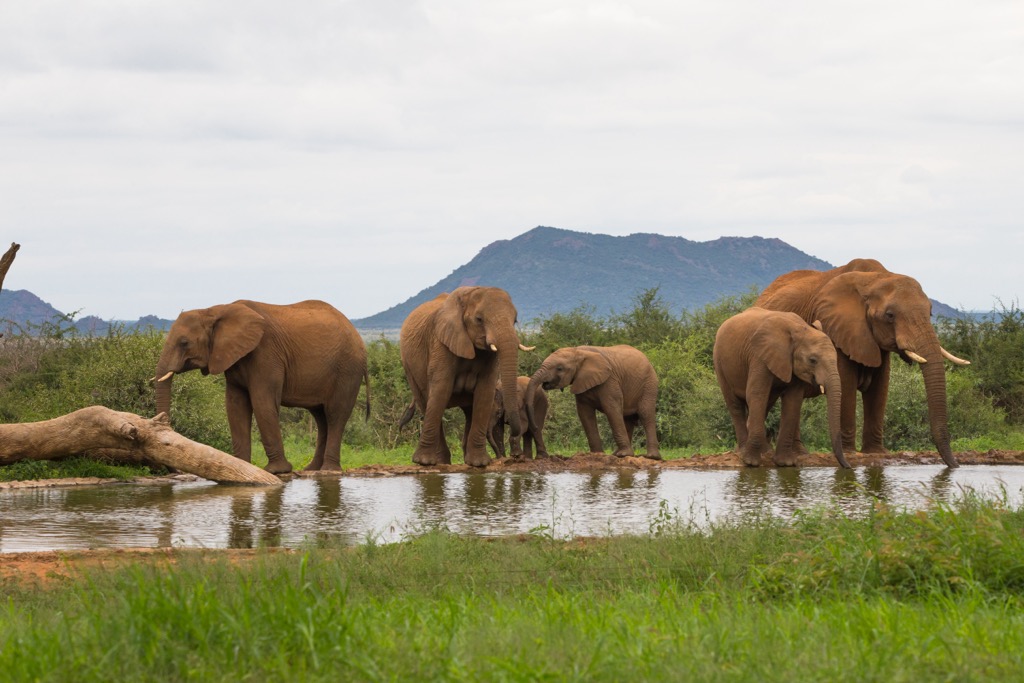
The Madikwe Game Reserve is situated in the northernmost part of the North West province, near the cross-country boundary with Botswana. It covers an expansive area of approximately 75,000 ha (185,329 mi), making it the fifth-largest game reserve in South Africa.
Geographically, Madikwe Game Reserve occupies a transitional zone between the Kalahari Desert to the northwest and the bushveld regions to the southeast. The result is a diverse landscape of savannah grasslands, open plains, rocky outcrops, and wooded areas, providing a variety of habitats for wildlife.
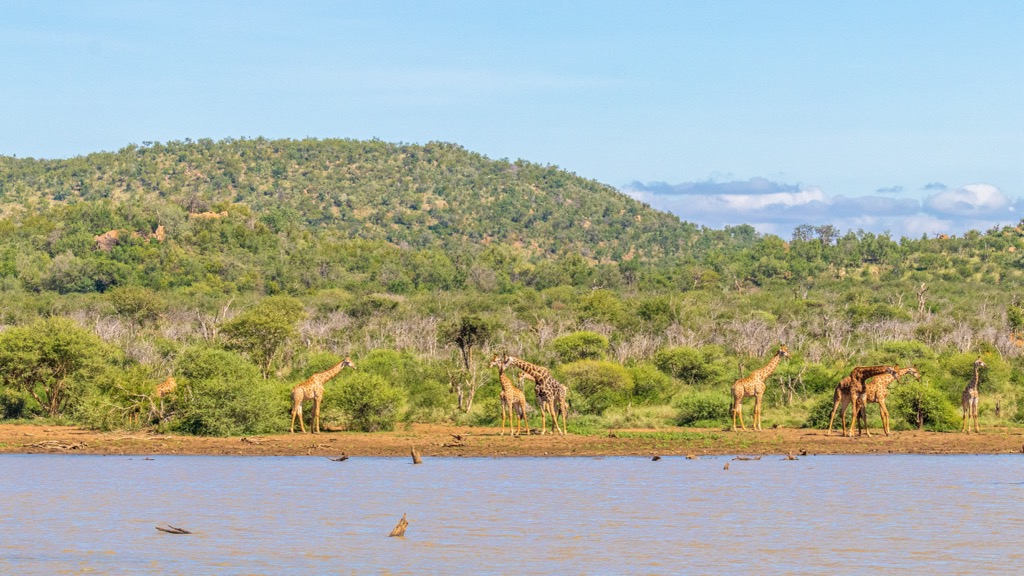
The reserve is in a semi-arid region that experiences hot summers and mild winters. During the dry season - from May to September - vegetation becomes sparse, and water sources become crucial focal points for wildlife. From October to April, the rainy season relieves the parched landscape, producing lush greenery and abundant water, attracting migratory birds and rejuvenating the ecosystem.
Madikwe Game Reserve is intersected by the Marico River and its tributaries, which serve as vital water sources for the resident wildlife. Numerous artificial waterholes have also been established throughout the reserve to supplement natural water sources, ensuring the survival of the diverse animal population, including the iconic Big Five (lion, elephant, buffalo, leopard, and rhinoceros) and nearly 60 other mammal species. Census counts suggest that there are over 10,000 large mammals in the park.
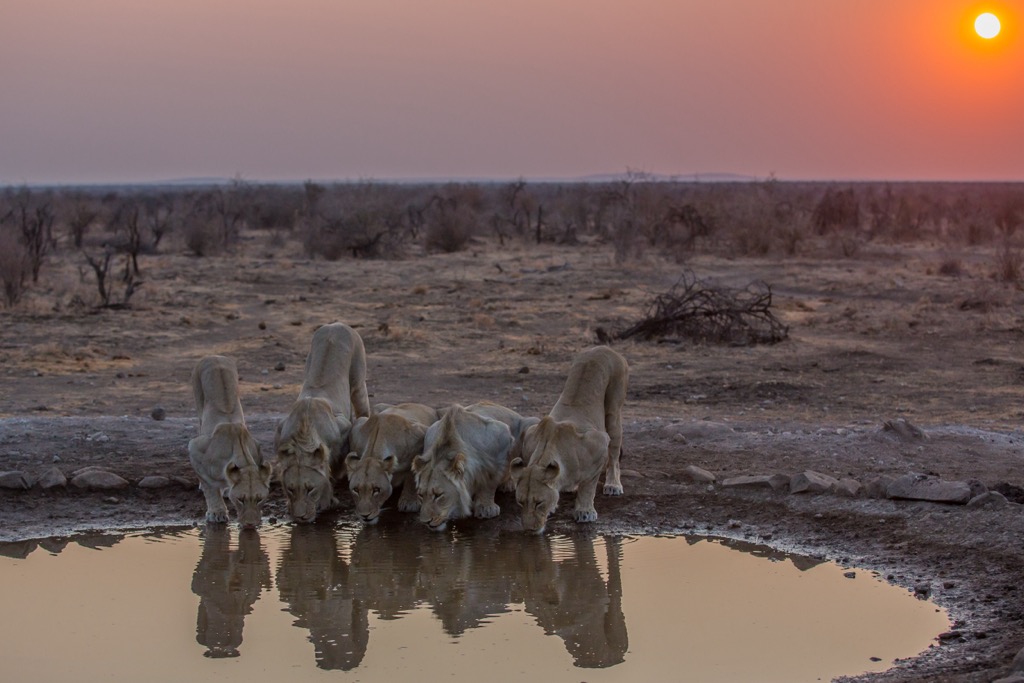
The Madikwe Game Reserve sits atop the Madikwe Igneous Complex, part of the Bushveld Igneous Province, characterized by granite, syenite, and diorite formations. The geological diversity influences topography, soil, and water sources, impacting wildlife distribution. While mining activity has historically occurred nearby, it's not permitted within the reserve.
The ecology of Madikwe Game Reserve is rich and diverse, owing to its varied habitats and abundant wildlife. The reserve's ecosystem comprises several interconnected components, including vegetation, wildlife, water sources, and the physical environment.
Vegetation in Madikwe ranges from Kalahari Xeric savannah to Zambezian and Mopane woodlands, characterized by acacia trees, marula trees, and various shrubs and grasses. These environments can support a wide variety of herbivores, including impalas, kudus, giraffes, and elephants. In turn, large herbivore populations are conducive to predators like lions, leopards, cheetahs, hyenas, and wild dogs.
The presence of water sources, including natural rivers and artificial waterholes, is crucial for sustaining the diverse wildlife population throughout the year. Along with the abundance of vegetation, these water sources sustain a thriving population of mammals and birds.
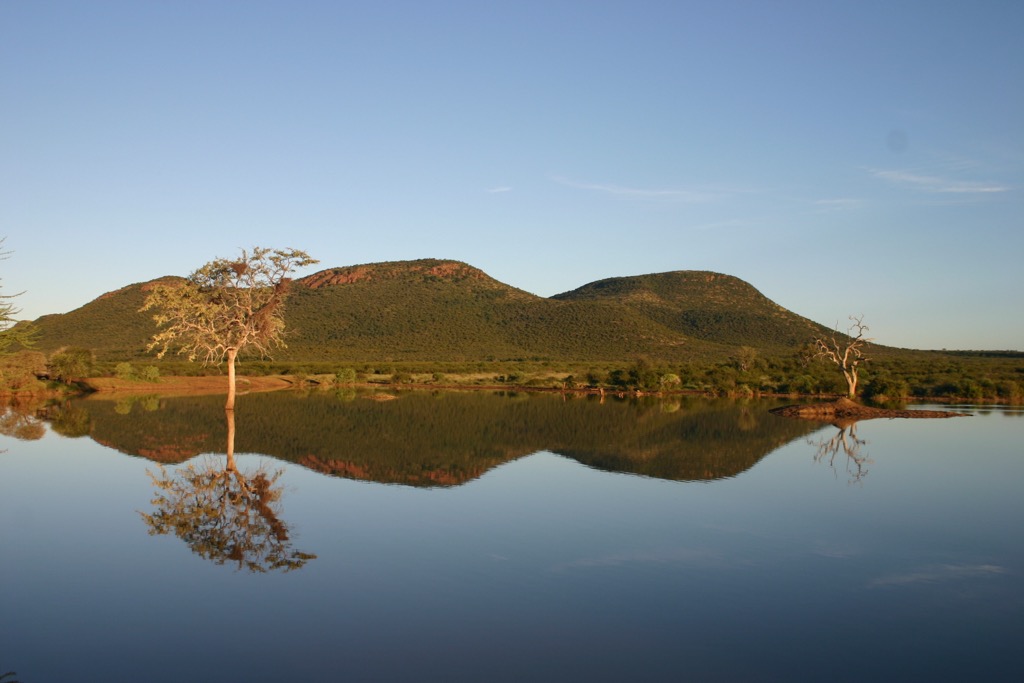
The land of the Madikwe Game Reserve has been inhabited for thousands of years by various indigenous peoples, including the San and, later, the Tswana people.
Before its establishment as a game reserve, local communities primarily used the Madikwe region for farming and cattle grazing. The land was never ideal for farming in the first place; however, by the mid-20th century, the region had experienced significant environmental degradation due to unsustainable land use practices and overgrazing, and agriculture became uneconomical.
In the 1980s, the South African government initiated the Operation Phoenix project to restore degraded land and promote conservation efforts in the region. The Madikwe Game Reserve was established in 1991 as part of this initiative, providing opportunities for local communities to benefit from eco-tourism and conservation efforts.
Since its establishment, Madikwe Game Reserve has become a flagship conservation area in South Africa, renowned for its successful model of community-based conservation and sustainable development.
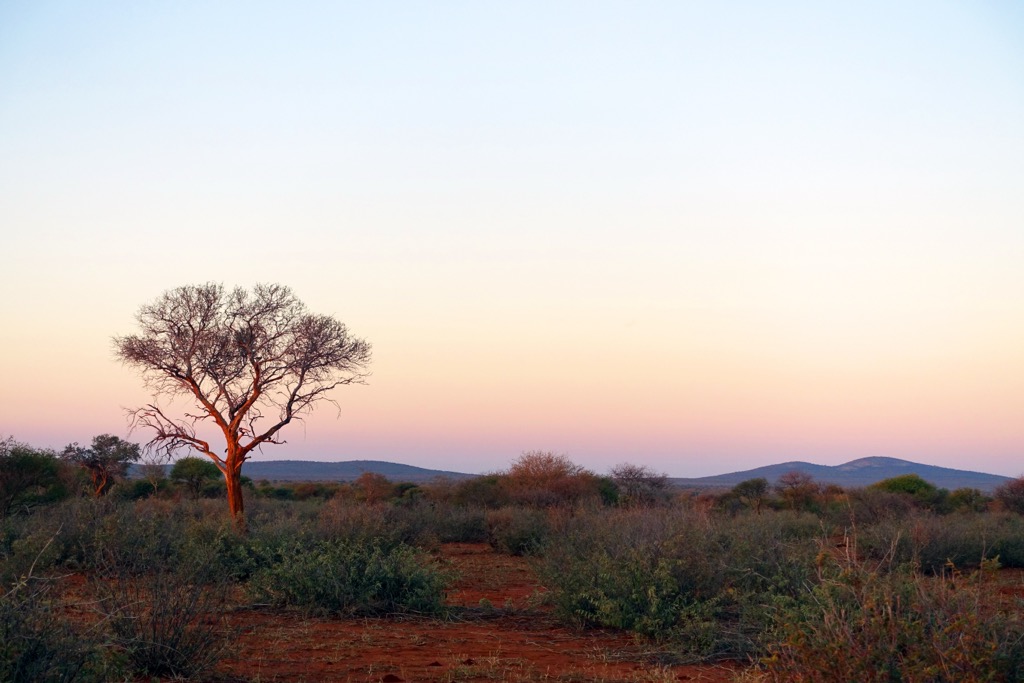
Madikwe Game Reserve offers walking safaris for visitors who want to spot wildlife in its natural habitat and observe the reserve’s marula trees and grasslands. These guided walking safaris typically last 3 to 4 hours and cover distances ranging from 5 km (3 mi) to 10 km (6 mi); participants are advised to have a reasonable fitness level. The primary attraction of these walking safaris is the chance to encounter the Big 5 in a secure but intimate setting. It is recommended that walkers wear neutral-colored clothing during the excursion.
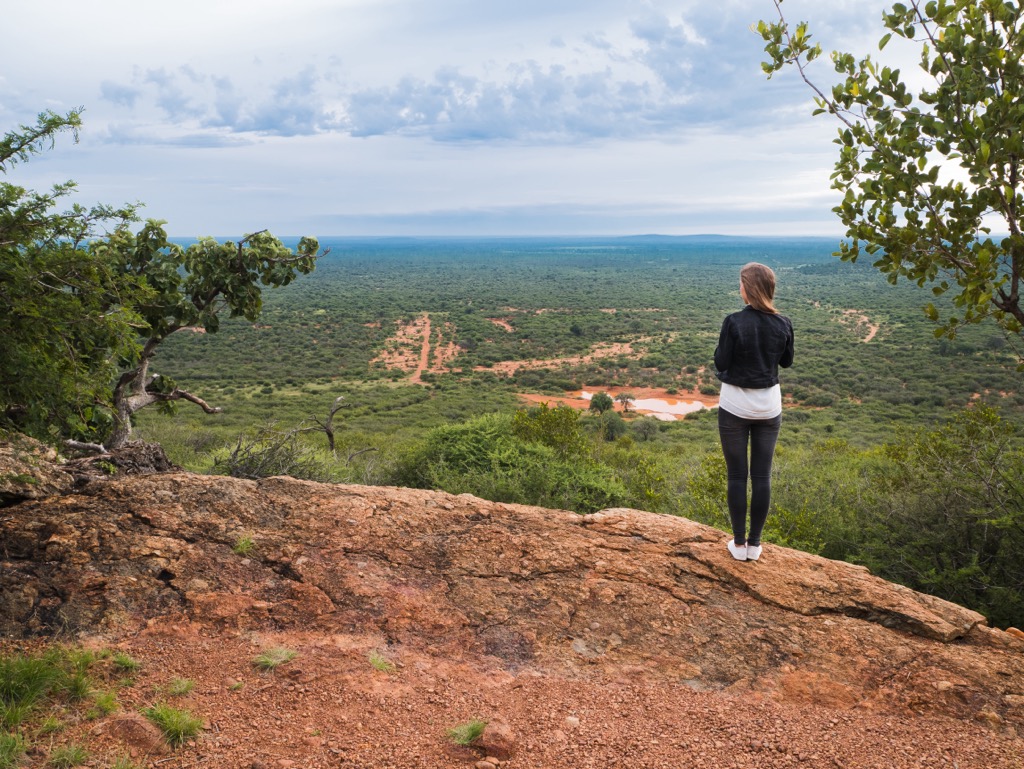
Game drives in Madikwe typically take place in open 4x4 safari vehicles, allowing guests an unobstructed view of the surrounding landscape, dominated by Tshwene-Tshwene. Game drives are conducted twice daily, usually in the early morning and late afternoon when wildlife activity is at its peak. The cooler temperatures during these times encourage animals to be more active. Madikwe's expert guides are skilled at tracking wildlife, allowing them to take guests off-road searching for elusive animals.
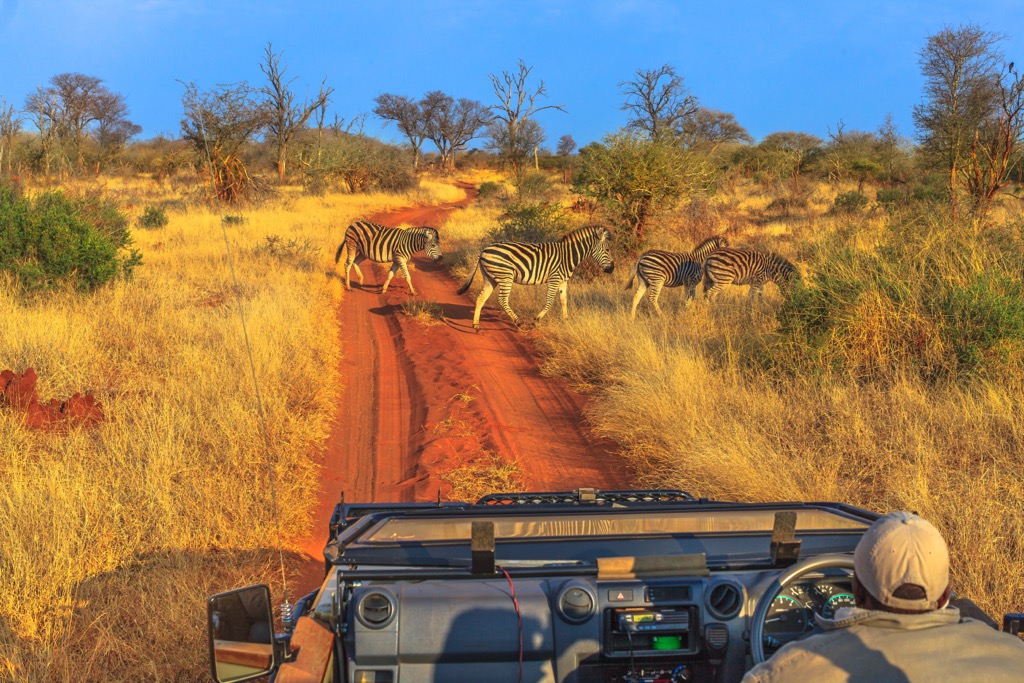
Schoongezicht Hiking Trails are outside the Madikwe Game Reserve, beginning at Schoongezicht Farm, just 25 km (15.5 mi) outside Swartruggens. The trails cater to various preferences: birdwatchers can explore the 4 km (2.5 mi) Birders’ Paradise along the Elands River, while moderate hikers can tackle the 10 km (6 mi) trail through indigenous bush and hills. The 17 km (10.5 mi) trail provides scenic views of the landscape, known as aloe country, which features vast veld, farmland, and low-lying hills of Swartruggens and Borolelo. Schoongezicht spans 2,000 ha (4,942 ac) and is home to antelope species like impala, kudu, and zebra.
The Doornrivier 4x4 Trail in Zeerust offers an off-road adventure. The trail spans approximately 12 km (7 mi) of raw, untouched terrain, winding through rocky koppies, sandy stretches, riverbeds, and steep inclines. Completing the entire trail can take fourteen to forty-eight hours, depending on pace and stops.
Within the Doornrivier premises, visitors will find a variety of trails catering to different preferences and experience levels. The central circular trail reveals the region's diverse ecosystems with views of the surrounding peaks of Witkoppies, Tshwenyane, and Sephtons Nek. Visitors should be mindful of seasonal changes, as summer rains can transform the routes into slippery and tricky paths.
Zeerust is a small town located in the North West province of South Africa. Situated near the border of Botswana, Zeerust serves as a gateway to various attractions in the region.
Zeerust and its surrounding areas offer opportunities for outdoor activities such as hiking, mountain biking, and fishing. The nearby Marico-Bosveld Nature Reserve, Pienaar Nature Reserve, and Mafikeng Game Reserve are some of the top nature and wildlife attractions near Zeerust.
The Kaditshwene Village Ruins ancient ruins, which feature old stone walls, provide insights into the region’s Iron Age history. Additionally, Marula Kop is an Iron Age settlement located approximately 50 km (31 mi) north of Zeerust Visitors can explore the archaeological site, learn about its historical significance, and appreciate the ancient craftsmanship.
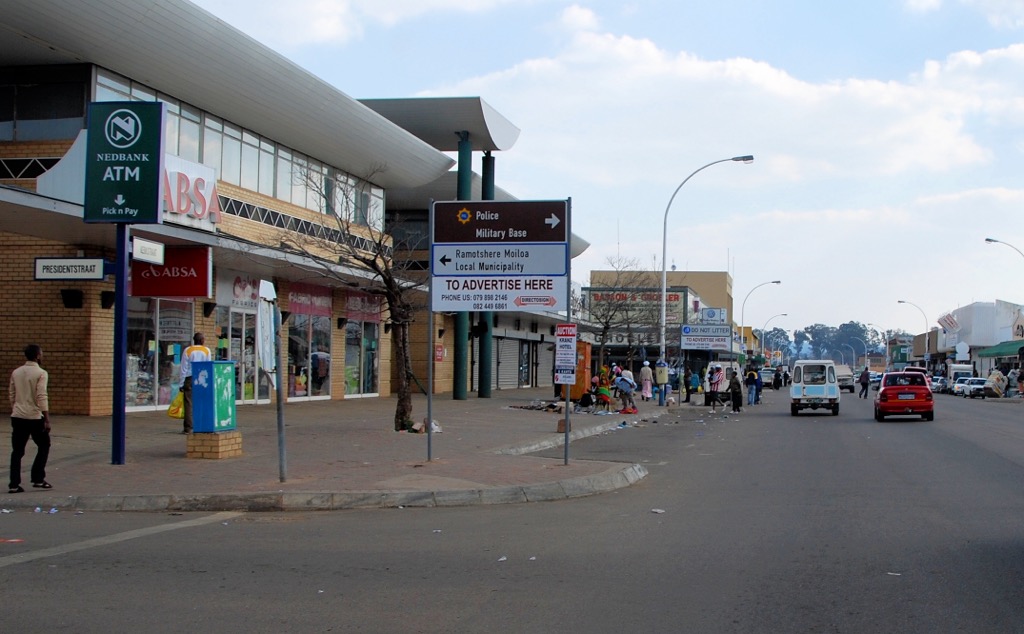
Johannesburg, the largest city in South Africa and the provincial capital of Gauteng province, proudly stands as the economic epicenter of Africa. Locals affectionately refer to it as Joburg, Jozi, or Mzansi. It is a vibrant hub blending culture, history, and nature.
Visitors can take a guided tour of Soweto (an acronym for South Western Townships), the largest township in South Africa and a cultural melting pot. They can visit iconic sites such as the Hector Pieterson Memorial and Vilakazi Street, the only street in the world to have been home to two Nobel Prize winners, Nelson Mandela and Desmond Tutu.
Just a short drive from Johannesburg is the Cradle of Humankind, a UNESCO World Heritage Site that contains some of the world's most important hominid fossil sites. Visitors can explore the Sterkfontein Caves and Maropeng Visitor Centre to learn about human evolution.
Visitors can take a hot-air balloon safari over the Cradle of Humankind or the Magaliesberg Mountains for a unique perspective on South Africa's landscape.
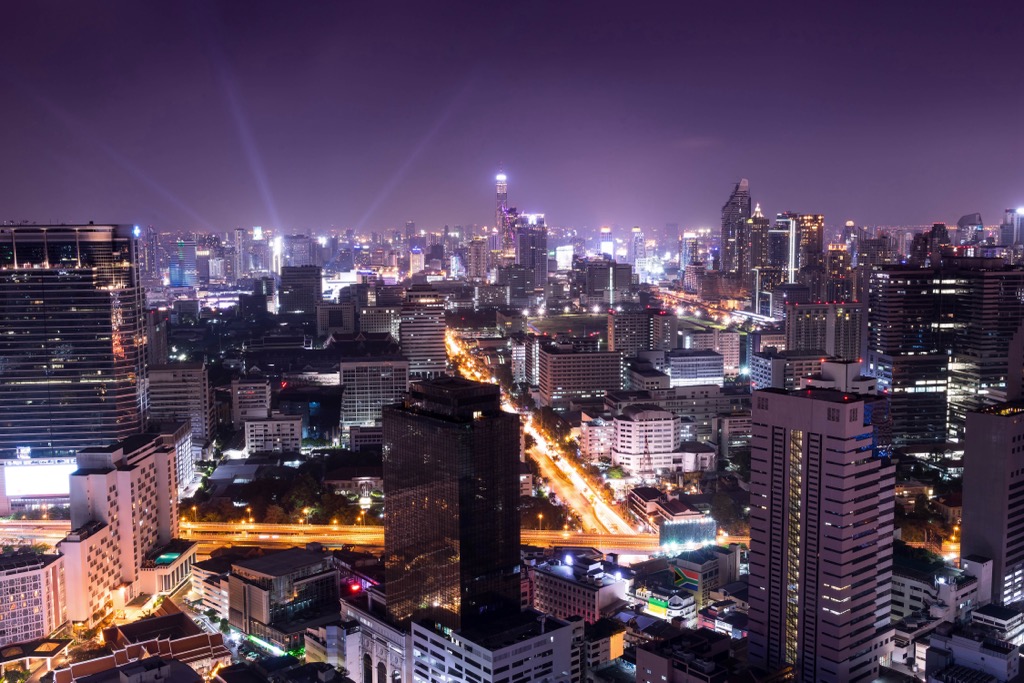
Explore Madikwe Game Reserve with the PeakVisor 3D Map and identify its summits.








